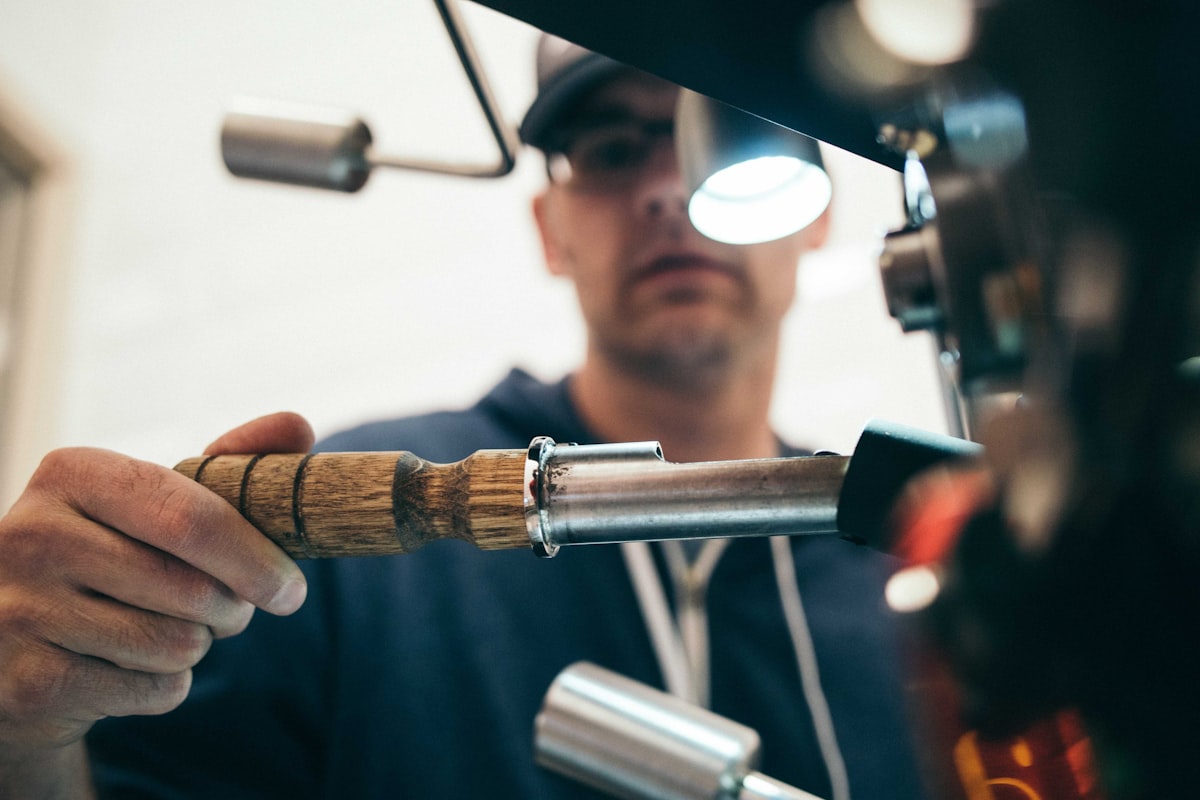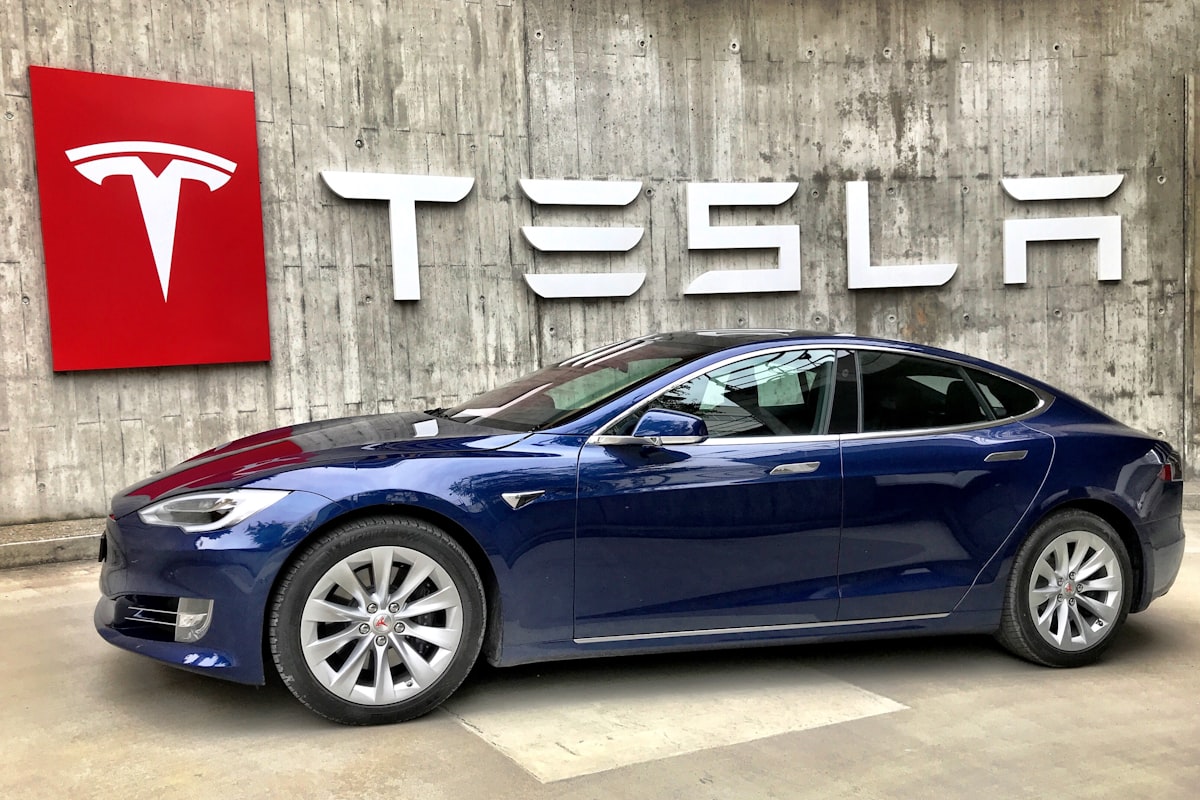Best Practices for Home EV Charging in the NW
The Pacific Northwest presents unique conditions for electric vehicle (EV) owners. Following best practices ensures efficient charging, safety, and longevity of your EV battery. This guide covers essential tips for EV owners in the Northwest.
Selecting the Right EV Charger for Your Home
Choosing the right charger type is essential. Level 1 chargers, which use standard 120-volt outlets, are slower but more accessible. They can add about 4-5 miles of range per hour. For faster charging, Level 2 chargers use a 240-volt outlet and can add 15-25 miles of range per hour.

Installing Your Home EV Charger
Installation should be conducted by a licensed electrician. They will ensure the setup complies with local electrical codes. Position the charger in a convenient location, close to where the vehicle is parked. Consider future needs; install a higher-capacity charger if you plan to upgrade your EV in the future.
Managing Energy Use
Charging during off-peak hours can save on electricity costs. Many utilities in the Northwest offer time-of-use (TOU) rates. These rates charge less for electricity used during off-peak times, typically late night or early morning. Use a smart charger or a timer to take advantage of these lower rates.
Weather Considerations
Northwest weather can be wet and cold. Protecting your charger from the elements prolongs its lifespan. Install under a carport or garage if possible. If installed outdoors, ensure it’s weatherproof. Regularly check for wear and tear caused by moisture or temperature changes.
Battery Health
Avoid charging to 100% daily. It’s better to keep the charge level between 20-80%. This practice extends battery life. If you need a full charge for a long trip, charge to 100% just before departure.
Regular Maintenance
Periodically inspect your charging equipment. Check for loose connections or worn cables. Clean any dirt or debris from the charger plug and cable to ensure a secure connection. Follow the manufacturer’s maintenance recommendations for best results.
Safety First
Always follow safety guidelines provided by the charger and vehicle manufacturers. Never use damaged or frayed cables. Ensure the charger and outlet are free from obstructions that could pose tripping hazards. Store the cable neatly when not in use.
Leveraging Solar Energy
Consider installing solar panels. Solar energy can substantially reduce your carbon footprint and electricity costs. The Northwest receives sufficient sunlight to make solar panels a viable option for many homeowners. Explore local incentives and rebates for solar installations.
Community Resources and Support
Take advantage of local resources. Join EV owner groups and forums. These communities share valuable insights and updates on best practices. Many local governments and utilities offer support and information specific to your area.
Staying Updated on Technology
EV technology is rapidly evolving. Stay informed about new charging solutions and software updates. As networks expand, more fast-charging options might become available in your area, providing alternatives for home charging.
Understanding Local Regulations and Incentives
Research state and local incentives for EV owners. Oregon and Washington offer various tax credits and rebates. These can offset the cost of purchasing an EV and installing home charging stations. Be aware of regulations that might affect your setup.

Environmental Impact
Using renewable energy sources for EV charging significantly reduces environmental impact. The Pacific Northwest has a high percentage of renewable energy in its grid. Supplementing with solar further minimizes your carbon footprint.
Preparing for Emergencies
Consider how you will charge your EV during power outages. Portable generators or backup solar batteries can provide emergency power. Plan to have alternative charging locations, such as public chargers, identified in advance.
These practices ensure efficient, safe, and sustainable home EV charging in the Northwest.
“`
Recommended EV Accessories
NOCO GENIUS10 Smart Charger – $79.95
Advanced battery maintainer and charger.
EV Charging Station Guide
Navigate the EV charging landscape.
As an Amazon Associate, we earn from qualifying purchases.




Subscribe for Updates
Get the latest articles delivered to your inbox.
We respect your privacy. Unsubscribe anytime.